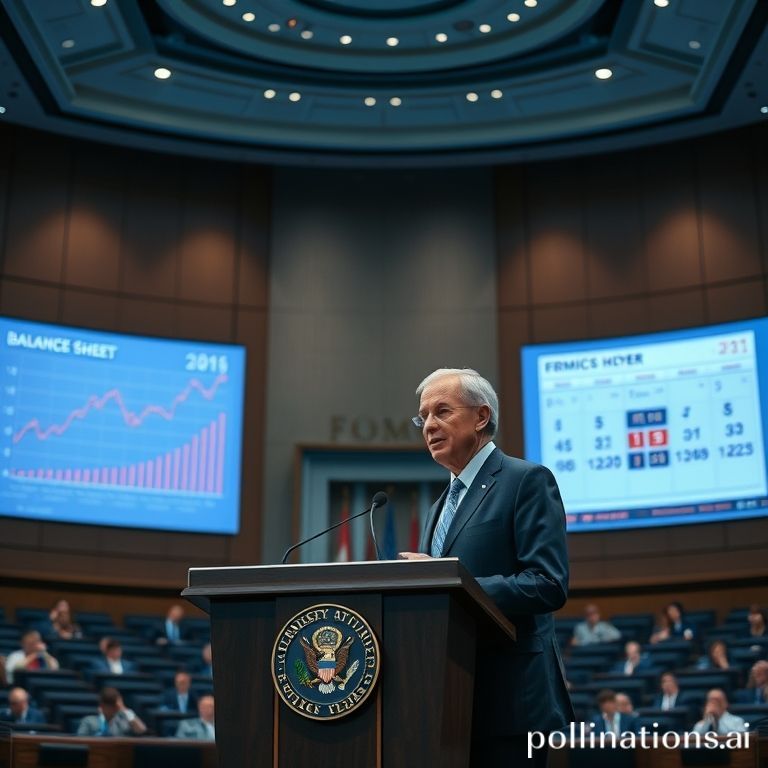Mr. Jerome Powell’s NABE Keynote: Data-Driven Outlook, Tariffs, and Balance Sheet Signals Ahead of FOMC

Mr. Jerome Powell’s NABE address stressed a data-driven approach to monetary policy, flagged rising labor-market risks, attributed some price pressures to tariffs, and signaled that balance sheet reduction may be near completion. Markets view the speech as key guidance ahead of the FOMC meeting, with a possible September rate cut contingent on incoming data.
Mr. Jerome Powell delivered a consequential keynote at the National Association for Business Economics (NABE) conference in Philadelphia that markets are parsing for clues about monetary policy through the remainder of the year and into 2026. In a speech that emphasized data and risk assessments, Mr. Powell reiterated that future decisions will be determined by incoming economic data rather than preset commitments. This address is particularly important because it was his last official statement before the upcoming FOMC meeting in two weeks.
Among the speech highlights was a clear message that recent figures suggest the US economy may have been stronger than previously feared—based on data compiled before a potential government shutdown. However, downside risks to the labor market have increased: growth in payrolls is slowing even while unemployment remains low. Powell observed that this dynamic implies that current job growth may not be sufficient to keep unemployment stable, creating a tricky balance between promoting full employment and containing inflation.
On inflation, Mr. Powell argued that recent increases are running above the Fed’s 2% target but are expected to fade partly after temporary spikes driven by tariffs. The speech referenced recent trade developments and related coverage, including comments from the Company U.S. Trade Representative about potential tariffs on China. Powell explicitly suggested that some of the rise in commodity prices reflected tariff effects rather than broad-based inflationary pressures.
Powell also discussed the Federal Reserve’s balance sheet and operational tools. He warned that prematurely stopping balance sheet normalization would have limited effect, while removing the Fed’s authority to pay interest on reserves would complicate interest-rate control. He signaled that the balance sheet reduction may be nearing completion in coming months and noted that officials will discuss the future structure of the balance sheet. The Fed remains committed to maintaining a portfolio that focuses on Treasury securities for an extended period.
Market participants are closely watching language about policy easing. While Powell acknowledged rising risks in the labor market that could justify a rate cut in September, he tied any move explicitly to evolving data and risk assessments—underlining the Fed’s patience. He also noted signs of tightening in some money-market segments and defended the view that compensating reserves is not a taxpayer burden.
For investors and analysts, the key takeaways are clear: data-dependence, heightened labor-market risks, tariff-driven price effects, and an imminent wrap-up of balance-sheet reduction. With the FOMC meeting approaching, Mr. Powell’s remarks leave room for a September policy pivot but make such a step contingent on further weakening in labor-market indicators and clearer disinflationary signals. Readers seeking the full text of the remarks can consult the latest version by refreshing the Federal Reserve’s website.
Click to trade with discounted fees